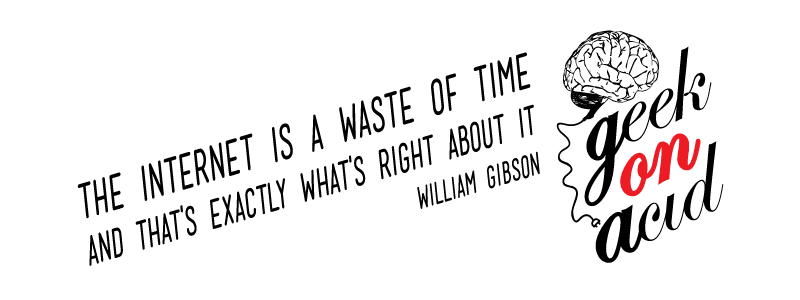Which is exactly what NASA is planning to do. It's called Robonaut 2. For the moment he will be an assistant for human astronaut on the international space station with simple tasks, like tools handling. For the moment, the Robonaut 2 is build from behaviors. Automatic tasks. But in the next stage, it will have options to make some decissions in the actions.
Now, it makes sense to build a humanoid robot to work with astronauts, because we like to interact with humanoids rather than 26-arm robot. We simply prefer the human look from non-human look. It's very well explained in this Wired article. There is still an issue of uncanny valley - robots looking very close, but not exactly as live humans, will trigger our repulsion towards them. We just might have higher cognitive expectations towards human-like robots. However, guys in NASA thought about this problem, and made the robots look like they are from Star Wars, and we all know that EVERYONE loves Star Wars.
More interesting is a question, whether they are going to send Robonauts into deep space or even Mars, without human crew. It might not be rational from the functional perspective, because the 26-arm-octopus robot will be able to complete more tasks at any given time, than Robonaut. Hell, it will be much cheaper to make rather less than more robots, so one octopus robot might be much better deal that 10 Robonauts. Still, maybe it would be better to distribute different tasks into series of neuronal networks instead it to one network, so from the separate interactions we would get some interesting individual differences between the robots instead of having just one hiper-robo-organism.
At the end of the day, it might only be a question of software and neuronal network design. Everything will be connected to one neural network, but task are going to be distributed to smaller, singular networks. There will be goal like 'maximize the collection of data from any environment, analyze it and adapt accordingly to maximize the survival of the mother-ship'. Mother-ship will be actually one robot, just composed of many different robots for different tasks. And both Robonaut fans and octopus robot fans will be happy :)
[image credit: NASA]





